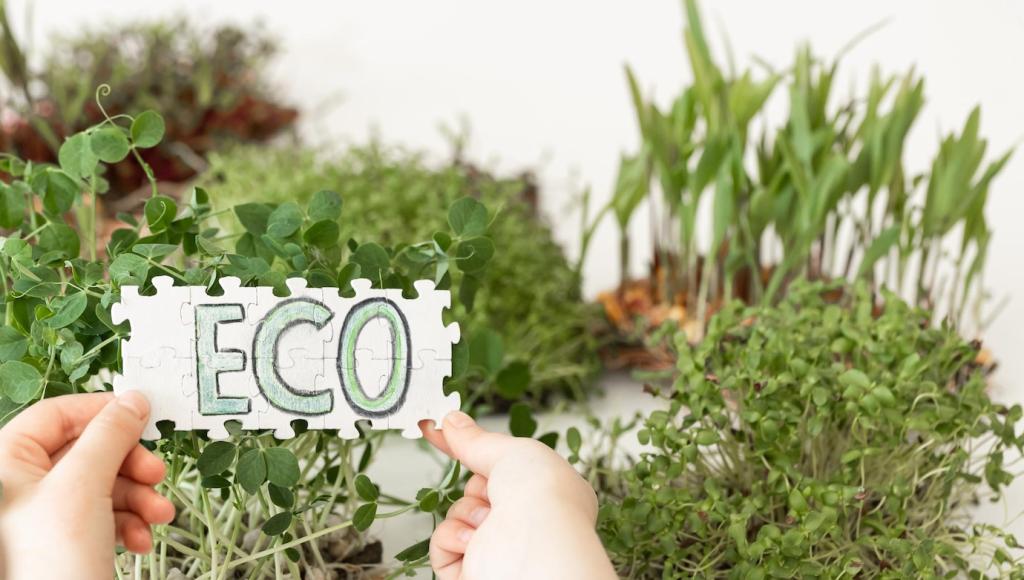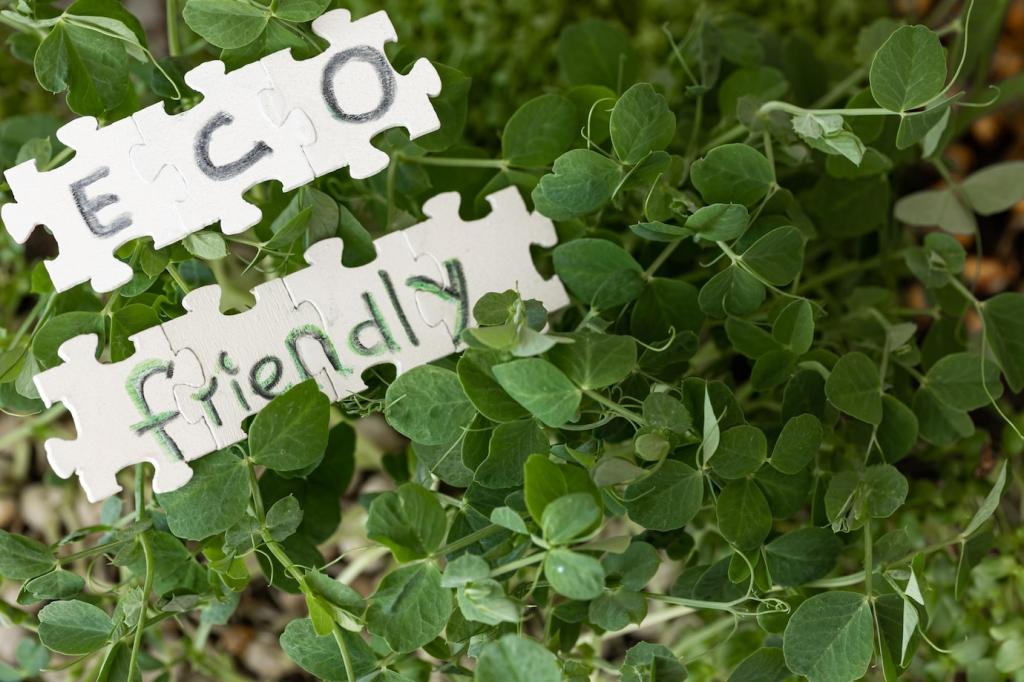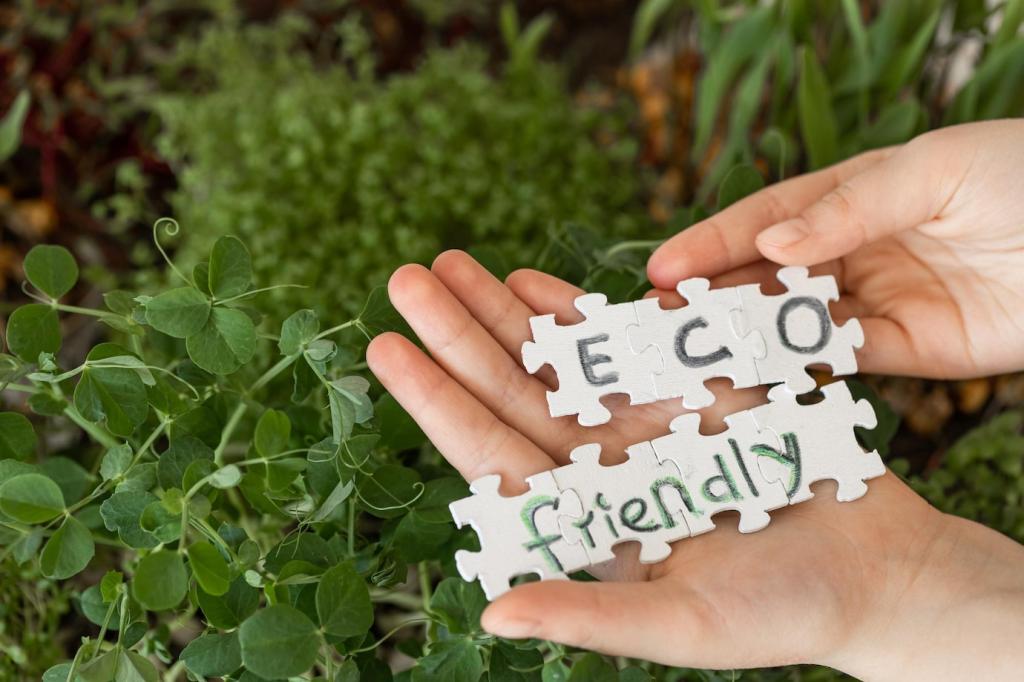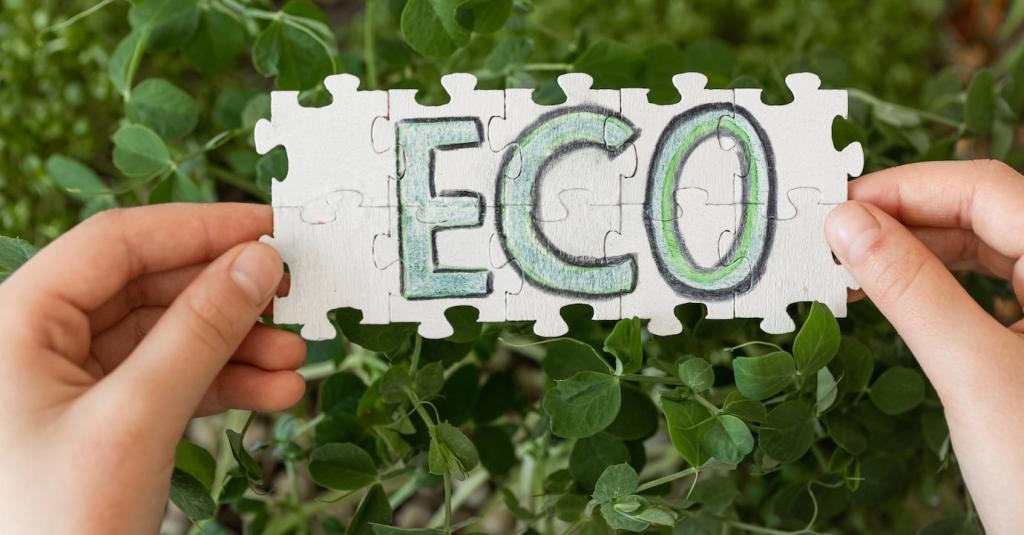Join the Movement: Experiments, Community, and What’s Next
Pick one tool category—seed trays, twine, or labels—and compare a biodegradable option with your usual pick. Track strength, comfort, and composting time. Share photos, soil temps, and notes. We’ll highlight standout trials in our newsletter, so subscribe and show us your garden science.
Join the Movement: Experiments, Community, and What’s Next
Partner with a teacher to set up a mini compost and pot trial. Kids love watching a pot disappear while seedlings thrive. Provide clear labels, safety gloves, and a timeline chart. Post results on our community wall and inspire other classrooms to plant, test, and learn together.






